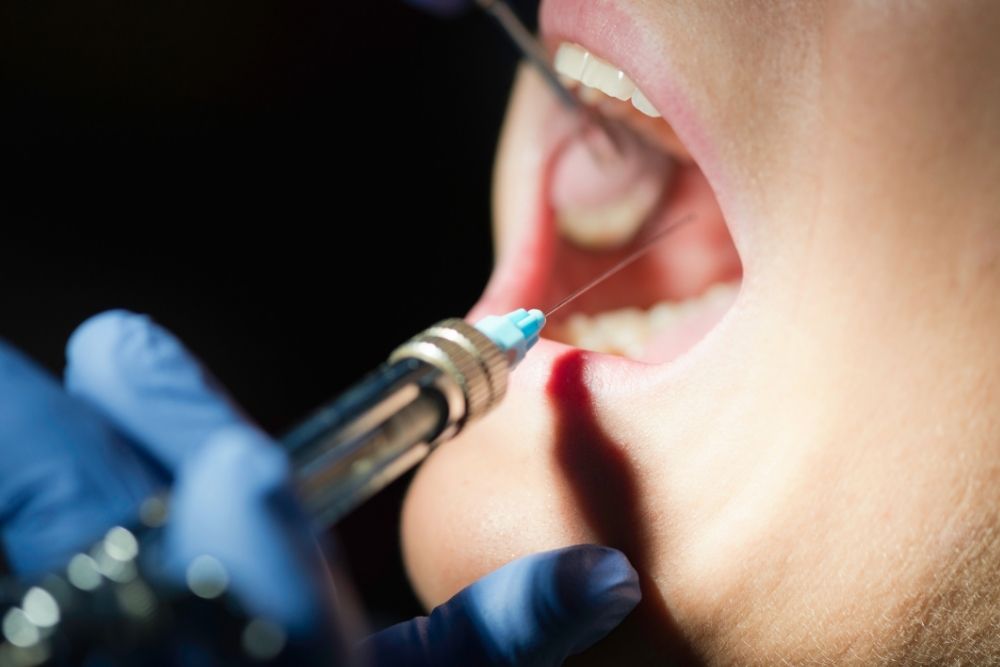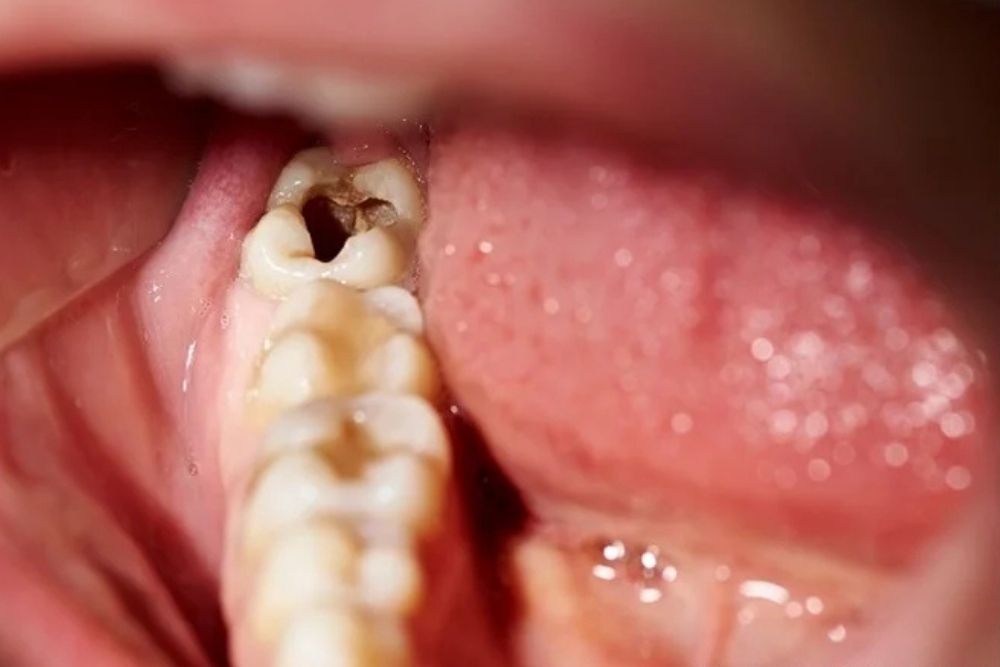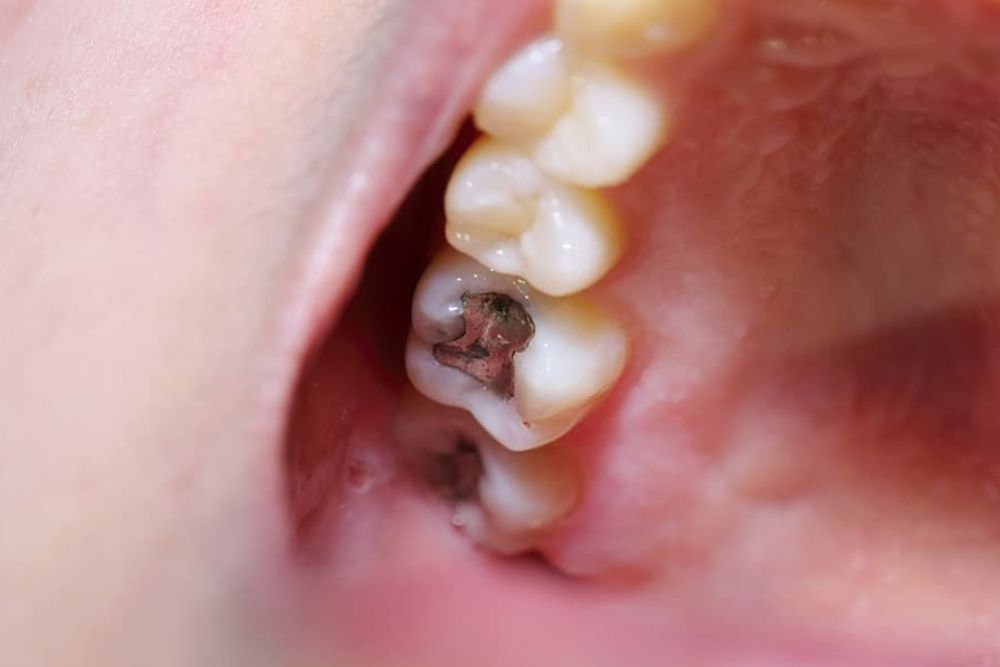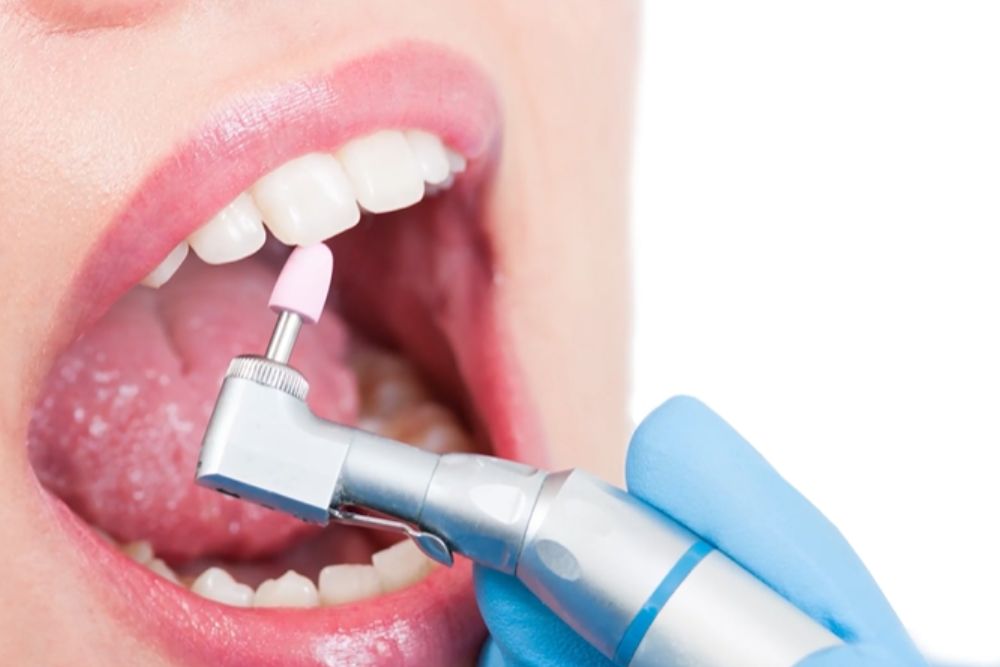Dental
Tooth Decay and Cavity Treatment
Tooth decay, also known as dental caries or cavities, is a common oral health problem that occurs when the hard surface of the tooth (enamel) becomes damaged and develops small holes or openings. It is primarily caused by the interaction between bacteria in the mouth and the carbohydrates from the foods we eat, which create acids that attack the teeth. If left untreated, tooth decay can progress deeper into the tooth and eventually lead to tooth pain, infection, and even tooth loss.
Cavity treatment involves several steps to remove the decay and restore the affected tooth. The treatment process usually includes the following:
Why Hair O Craft ?
Hair transplant experts since 2006
Expert doctors & certified professionals
Completed more than 30000+
Winner of Asianet Excellence Award
Dental Examination
A dentist will conduct a thorough examination of your teeth, using visual inspection and sometimes dental X-rays to identify the extent and location of the cavities.


Anesthesia
Before starting the treatment, the dentist may administer a local anesthetic to numb the area around the affected tooth, ensuring a comfortable and pain-free procedure.
Removal of Decay
Using a dental drill, laser, or air abrasion, the dentist will remove the decayed portion of the tooth. The process creates a cavity, which will later be filled with a restorative material.


Filling the Cavity
After removing the decay, the dentist will fill the cavity with a restorative material, such as dental amalgam (silver fillings) or composite resin (tooth- colored fillings). The choice of filling material may vary based on the location and size of the cavity, as well as your personal preference.
Shaping and Polishing
The filling material is shaped to fit the contours of your tooth and then polished to make it smooth and blend in with your natural tooth.


Follow-up Care
After the cavity treatment, your dentist may provide instructions on how to care for the filled tooth and recommend good oral hygiene practices to prevent further cavities.
It's essential to catch cavities early through regular dental check-ups and maintain good oral hygiene habits, including brushing, flossing, and limiting sugary and acidic foods and beverages to help prevent tooth decay. If you suspect you have a cavity or any other dental issues, it's best to consult a dentist promptly for appropriate diagnosis and treatment.
How can we prevent tooth decay?
It's important to note that early detection and treatment of tooth decay are crucial to prevent more extensive and costly dental procedures. Regular dental check-ups and adopting good oral hygiene habits can help maintain healthy teeth and prevent the progression of tooth decay.
Few ways to prevent tooth decay are enlisted below:
- Dental Cleaning (Prophylaxis): Regular dental cleanings help remove plaque and tartar buildup, reducing the risk of tooth decay.
- Fluoride Treatment: Application of fluoride varnish or gel on the teeth to strengthen enamel and prevent decay.
- Sealants: Application of dental sealants on the chewing surfaces of molars to protect them from decay. Always consult with a qualified dentist to determine the most appropriate treatment plan based on your individual dental needs.

Frequently Asking Questions
Let us help
Don’t let your appearance hold you back! We offer services to improve your Hair, Skin, and Dental health. From restoring thinning hair and rejuvenating your skin to lightening your skin tone and enhancing your smile, we’ve got you covered. Look and feel your best with our expert treatments!

